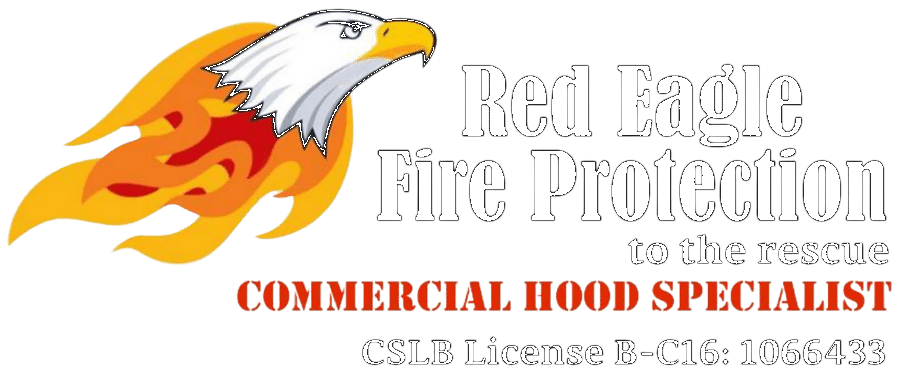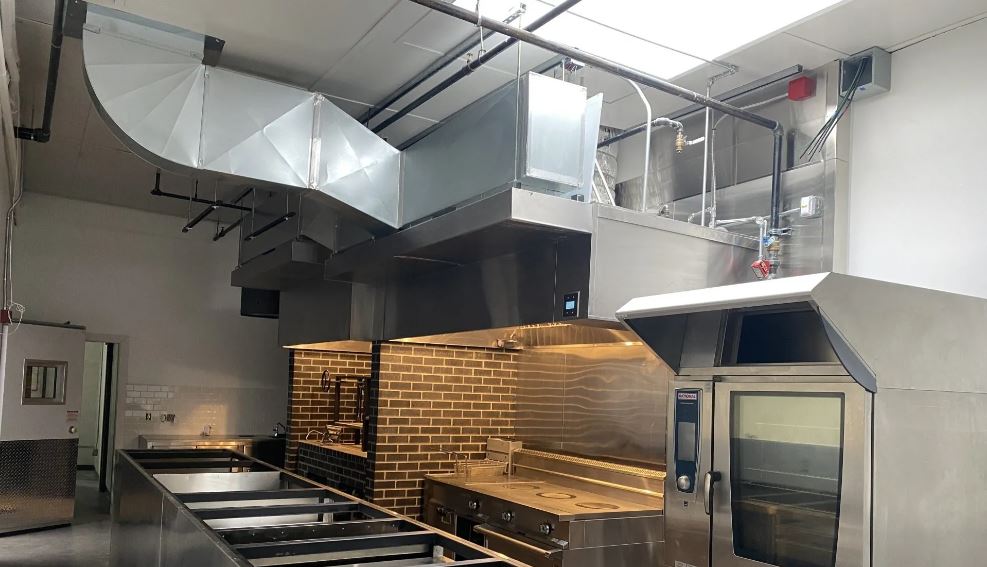The process of commercial hood installation carries a significant weight in the successful operation of a kitchen, warranting an in-depth understanding of its complexities. It extends beyond just a mere setup; it encompasses the careful selection of the hood type, meticulous planning for proper ventilation, adherence to local regulations, and professional installation. This intricate process demands attention not only during the initial installation but also requires regular maintenance and inspections to avert fire hazards. The significance of this topic is vast, inviting further exploration into each of these elements to comprehend fully.
Commercial Hood Types and Selection
Navigating through the diverse array of commercial hood types and making an informed selection is a critical step in the process of commercial hood installation.
The two primary types to consider are Type 1 and Type 2 hoods. Type 1 hoods are designed to handle grease and smoke, making them ideal for establishments that heavily fry or grill.
On the other hand, Type 2 hoods are perfect for capturing steam, heat, and odors, thus suitable for bakeries or steaming operations.
Factors such as the cooking equipment used, volume of cooking, and local regulatory requirements should guide your selection.
Installation Process and Safety Measures
Embarking on the installation process of a commercial hood requires meticulous attention to safety measures and adherence to specific procedural steps to ensure optimal functionality and regulatory compliance.
To begin with, it is critical to have a well-detailed plan and layout. The hood should be installed at least six feet above the floor, but the height might vary based on the specific cooking equipment used. The use of fire-resistant materials, proper ventilation, and securing the hood with appropriate brackets are also paramount.
Safety regulations require a professional to conduct the installation, ensuring the commercial hood meets industry standards and local codes. Regular inspection and maintenance are necessary to prevent fire hazards and maintain a safe environment.
Commercial hood installation is a vital aspect of kitchen safety protocols, with a direct impact on operational efficiency. Statistically, improper installation and maintenance of commercial hoods contribute to 57% of restaurant fires (NFPA). This statistic underscores the significance of understanding hood types, installation process, safety measures, and compliance with local regulations. Regular inspections and maintenance further enhance safety, making the investment in commercial hood installation indispensable for every professional kitchen.

